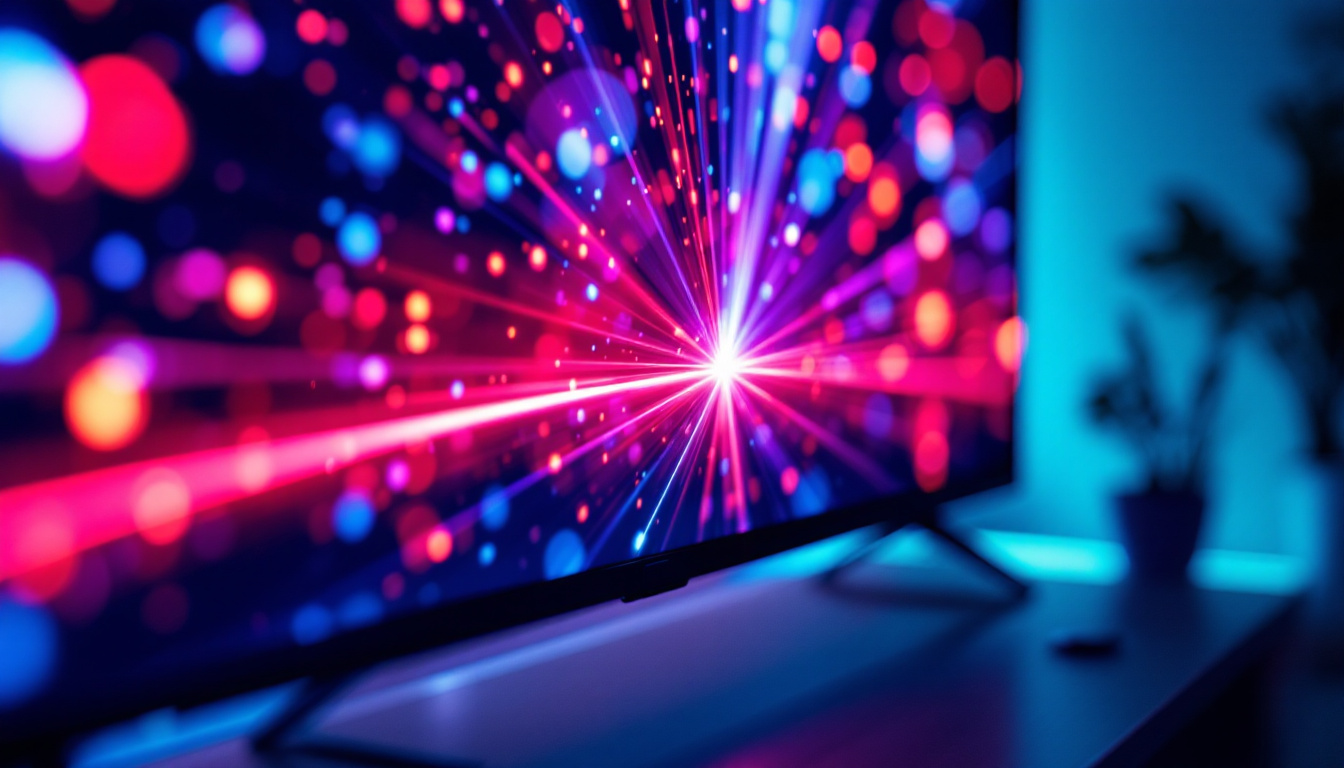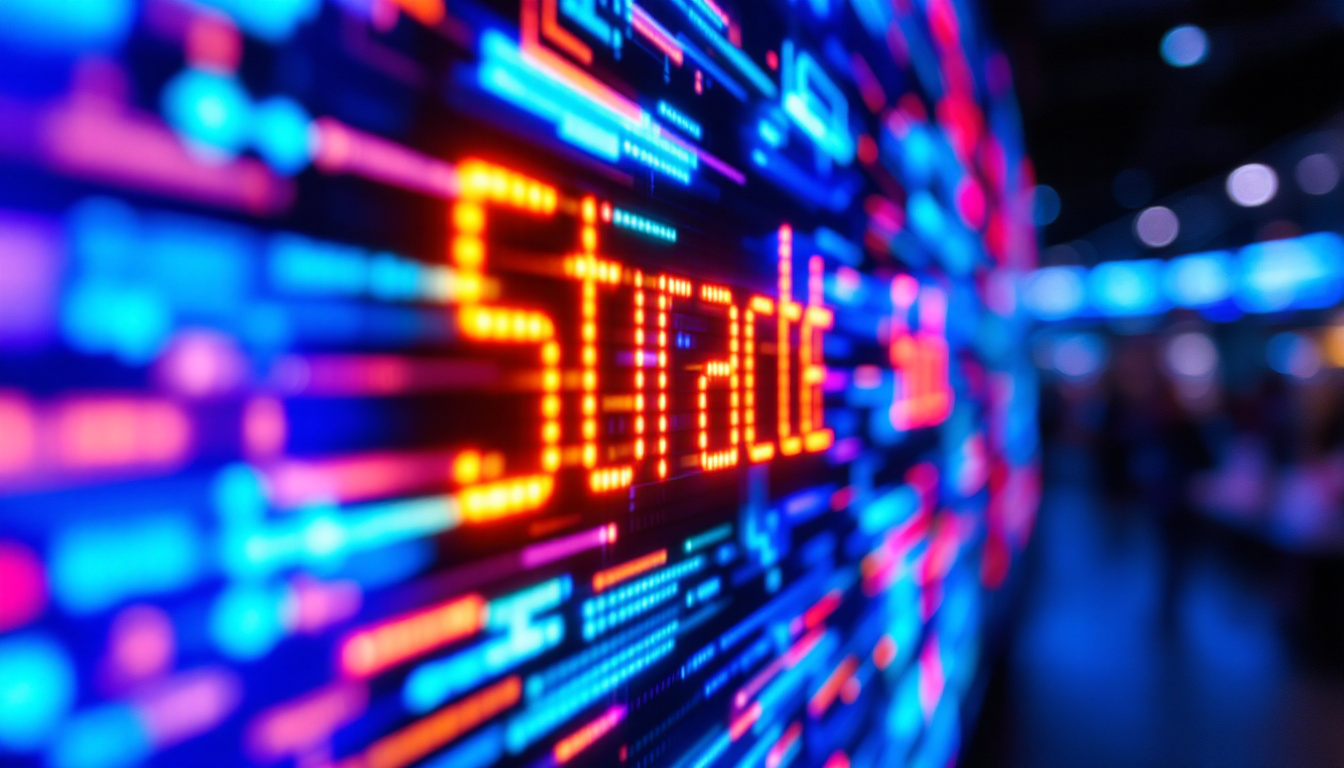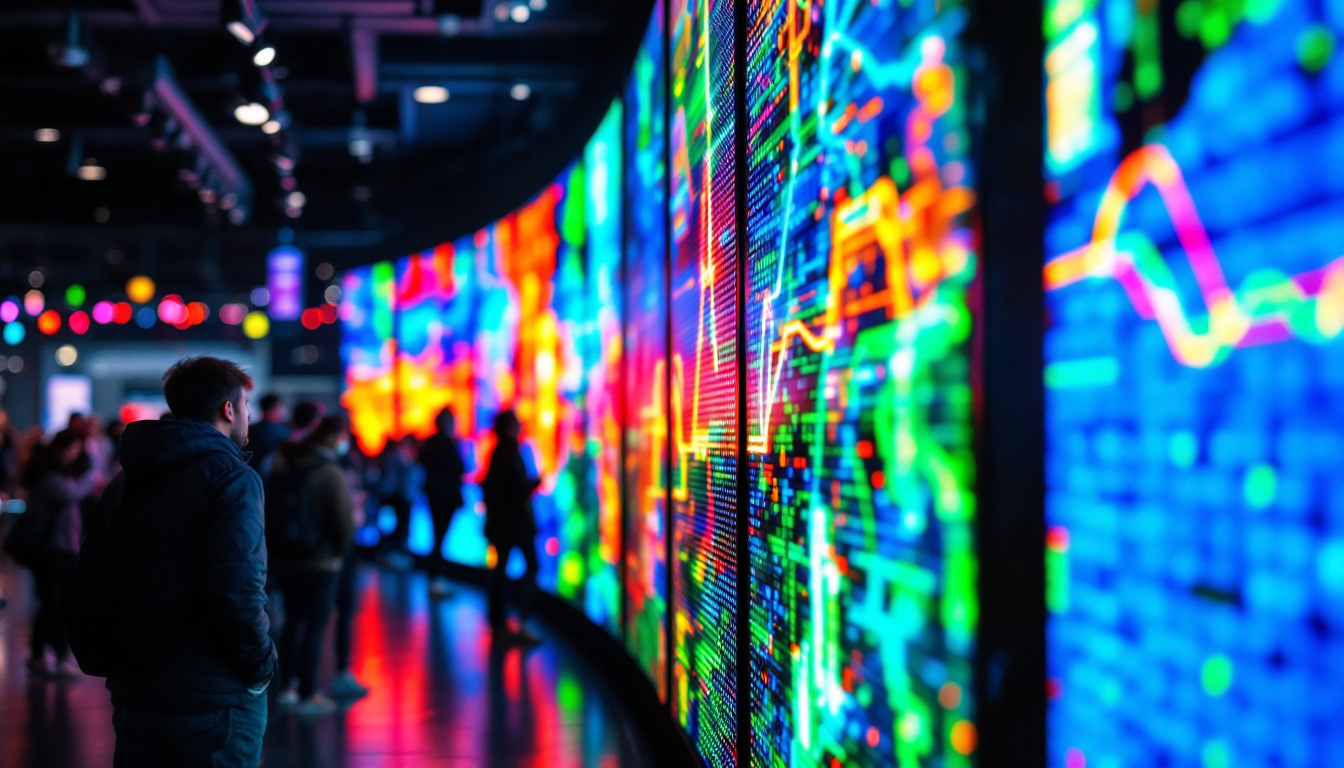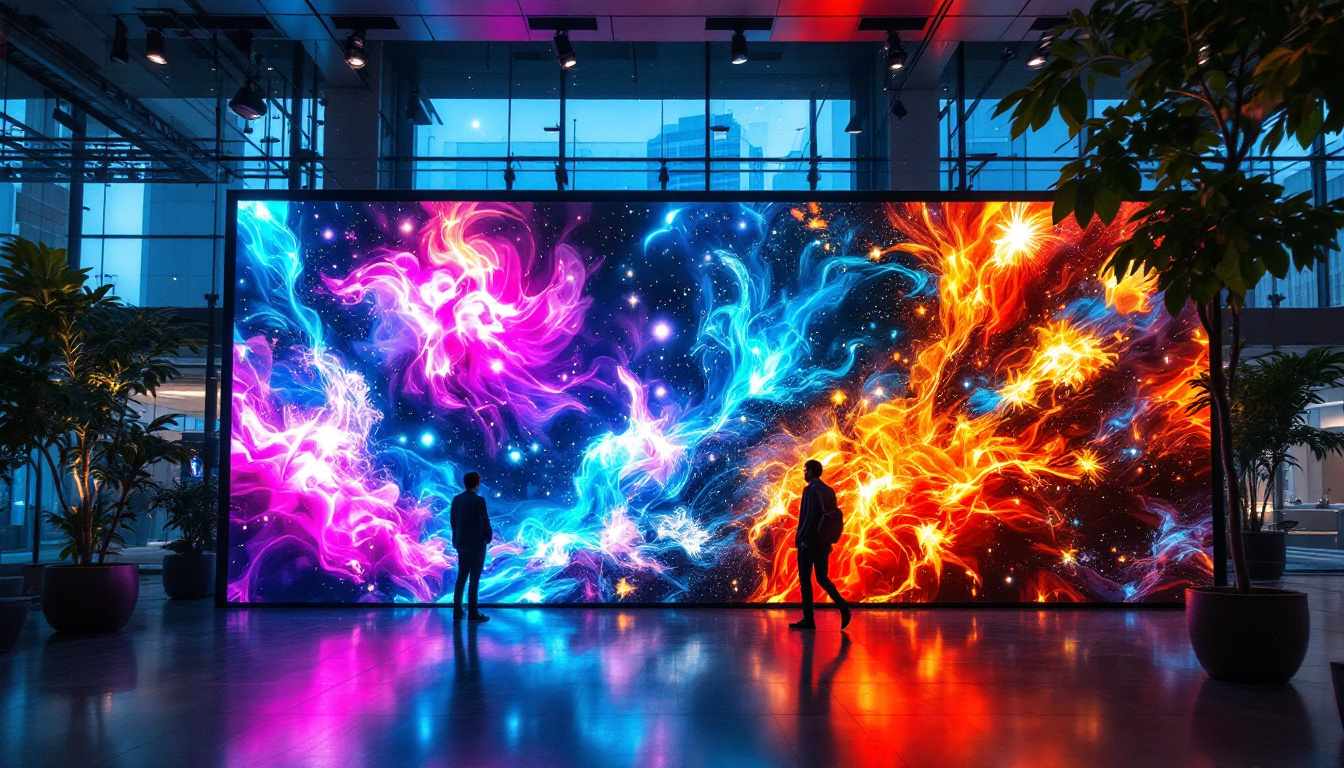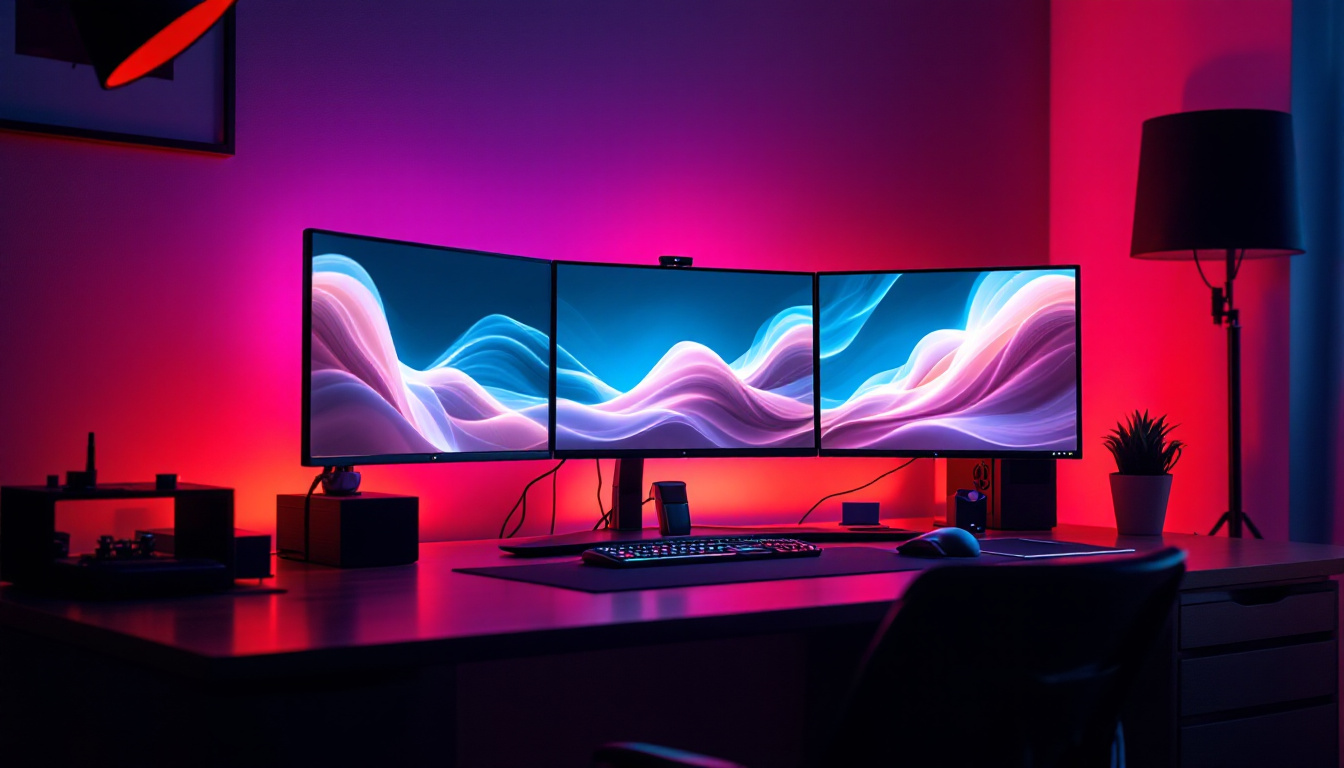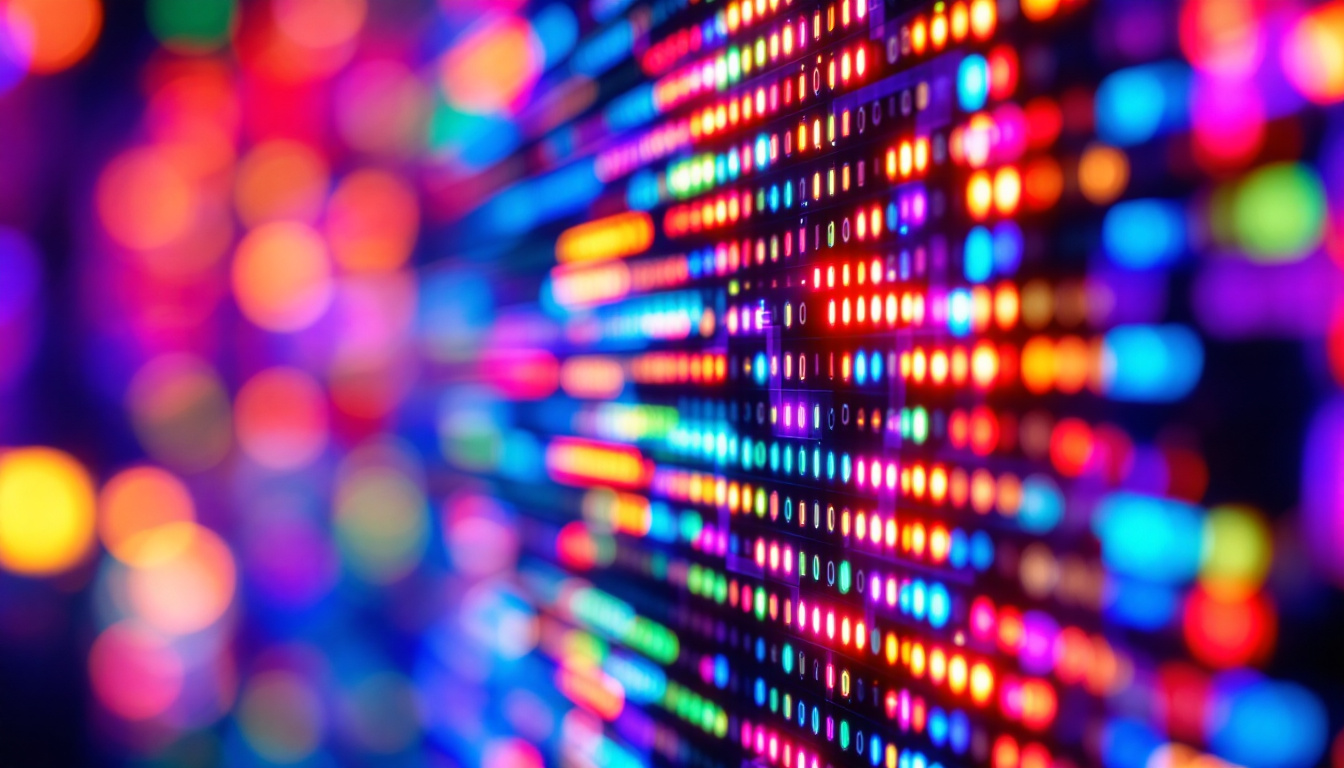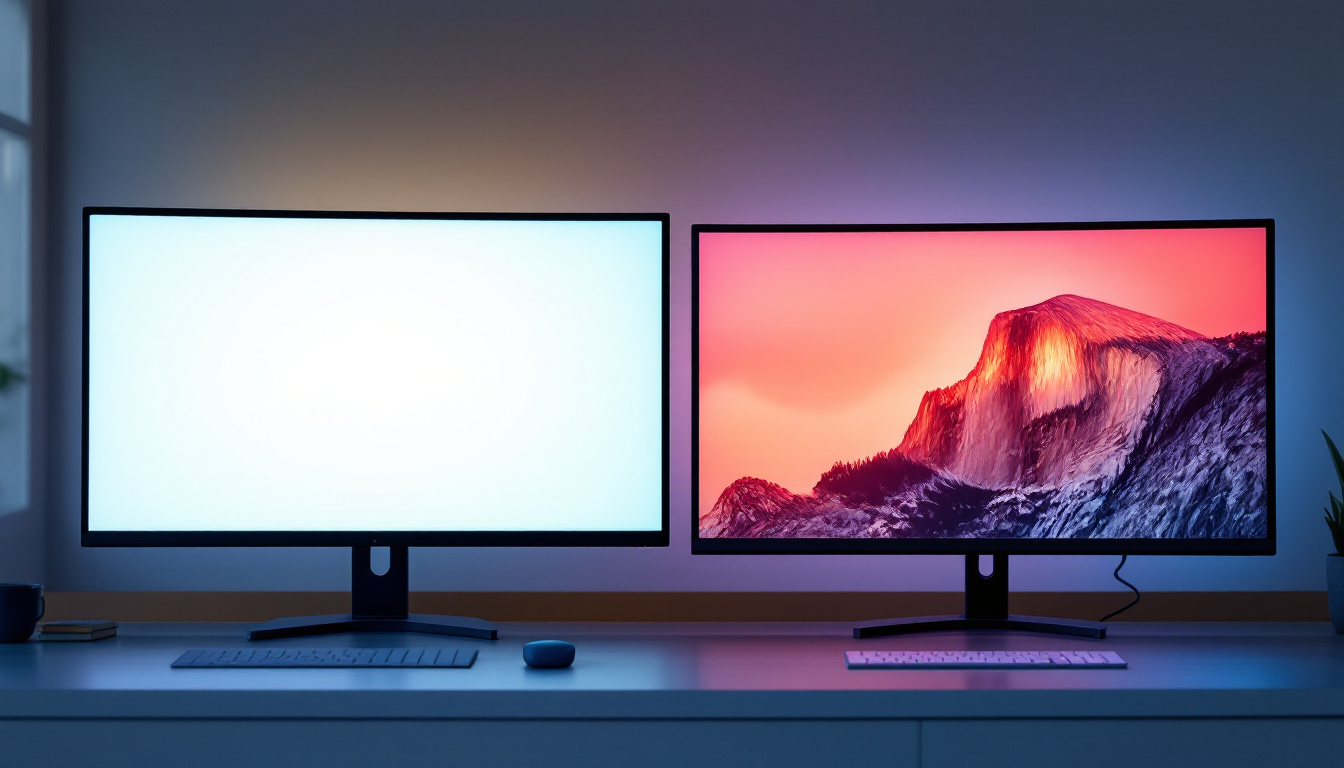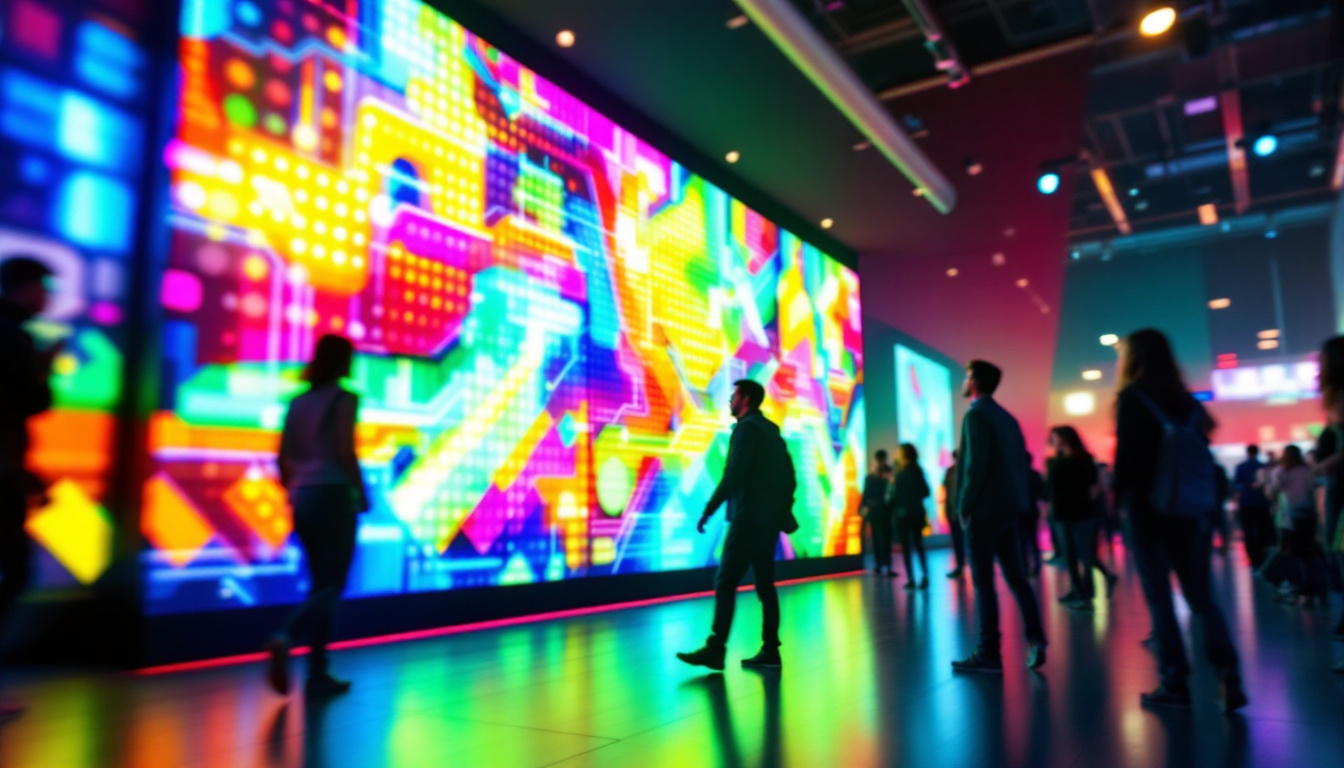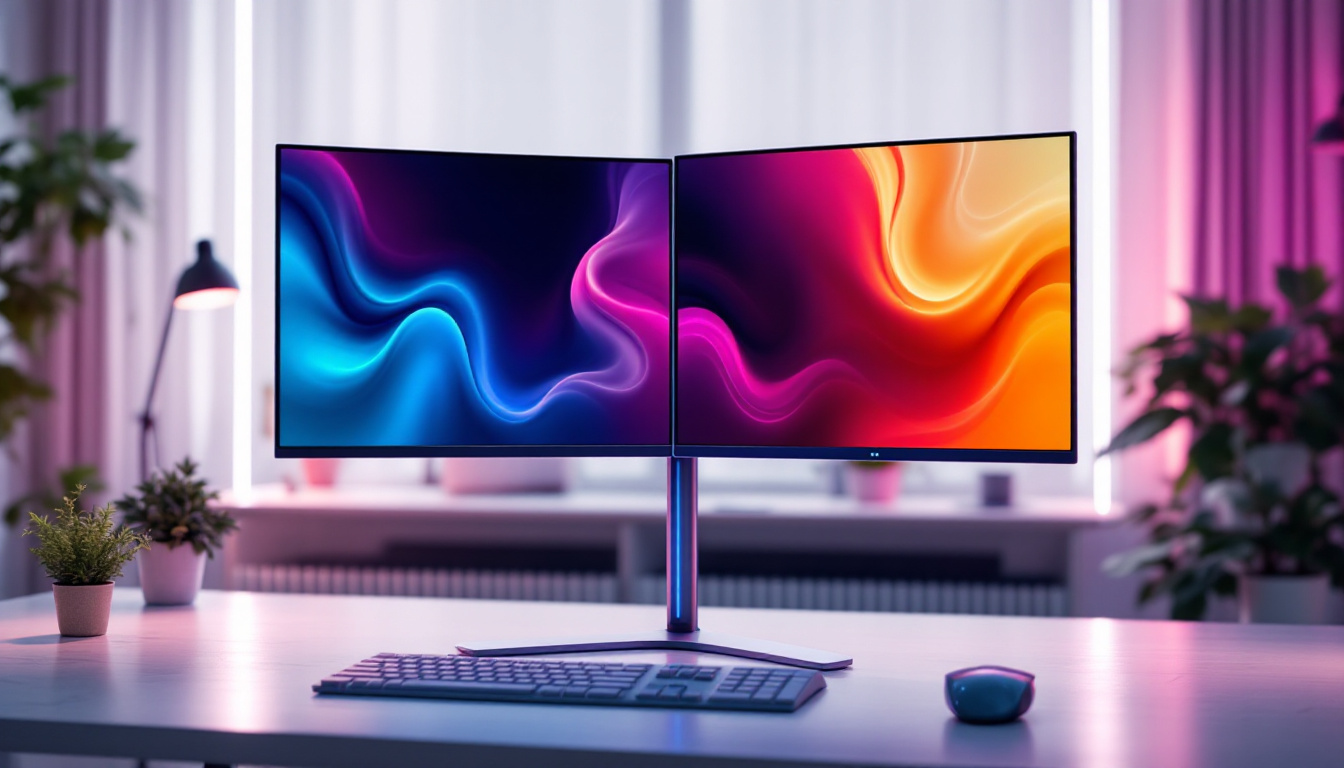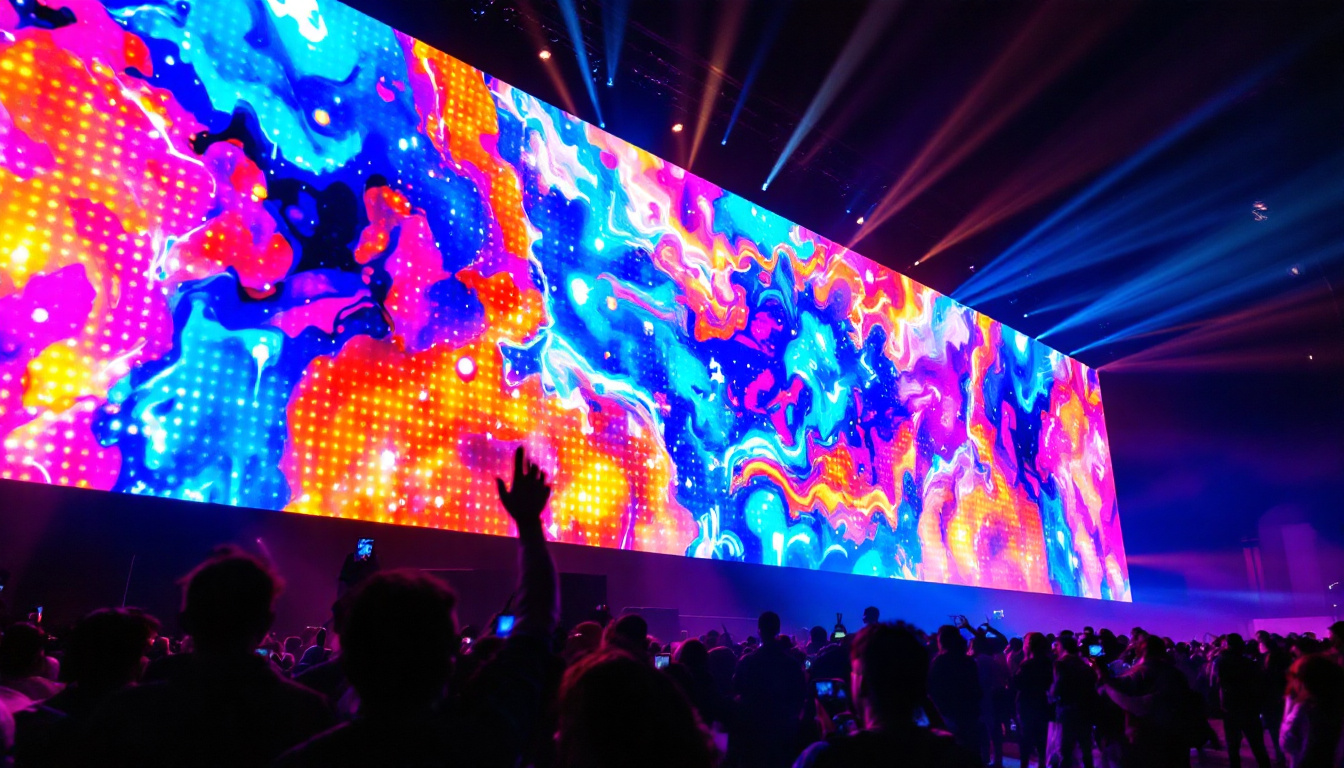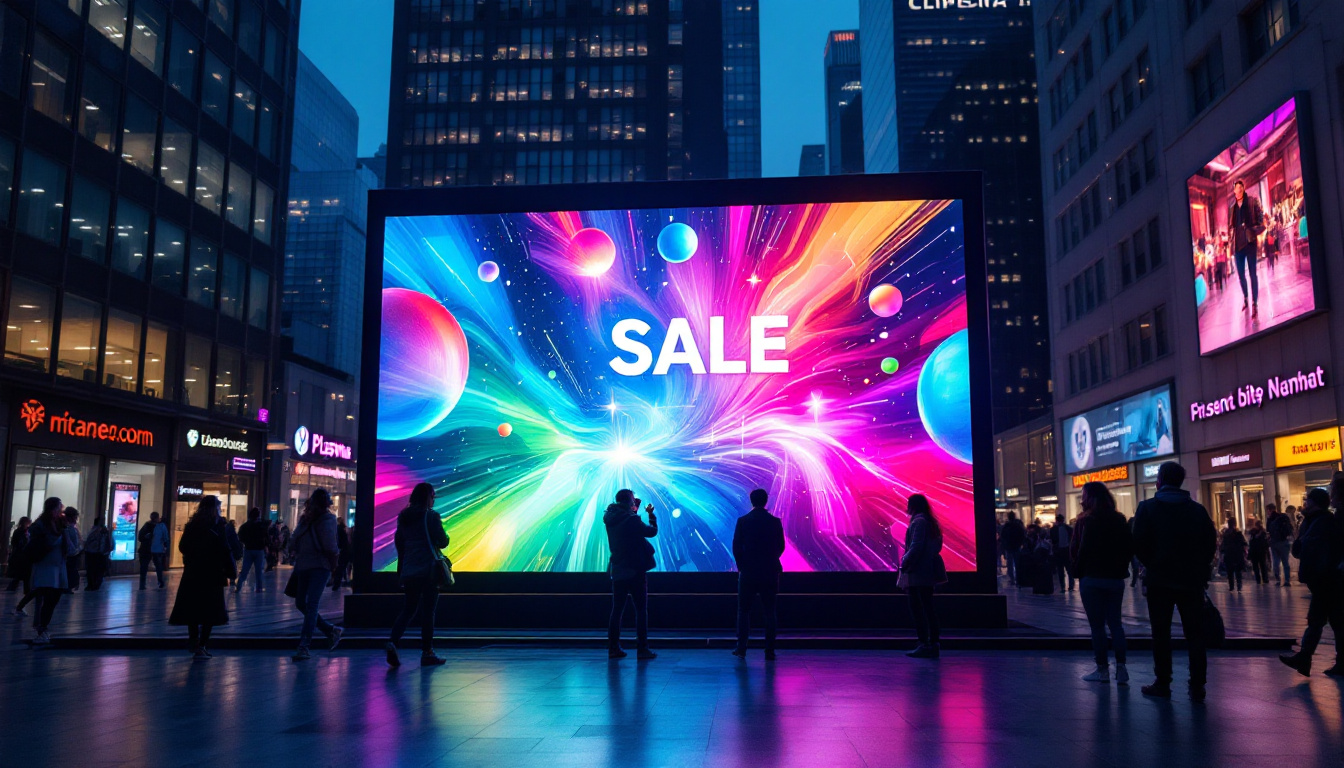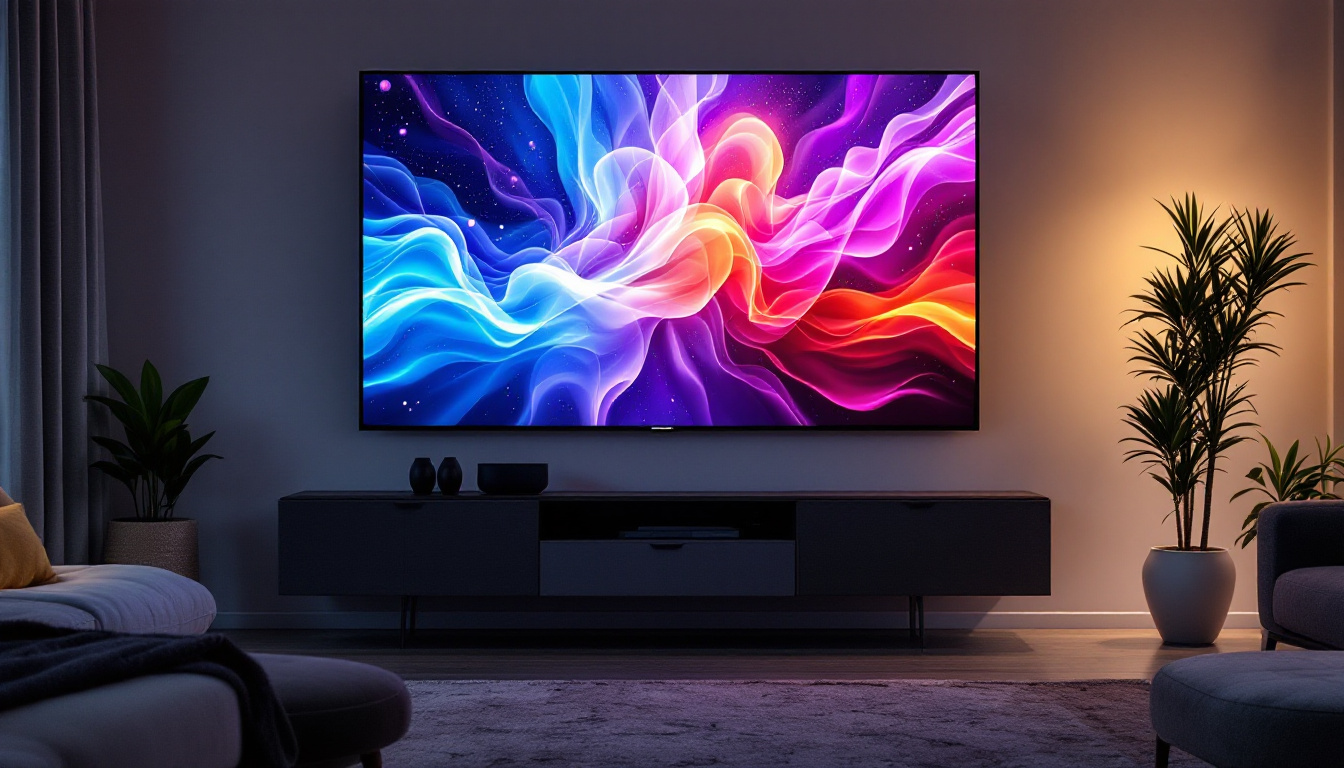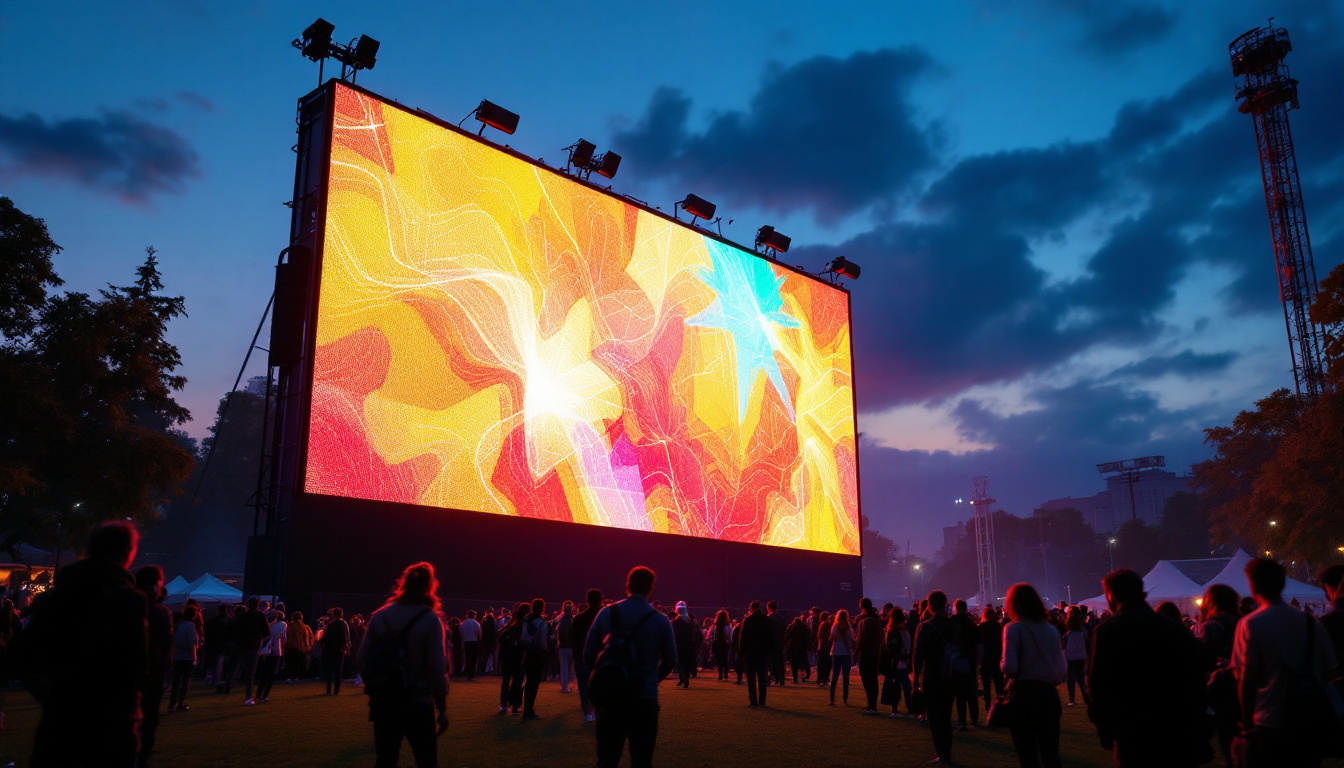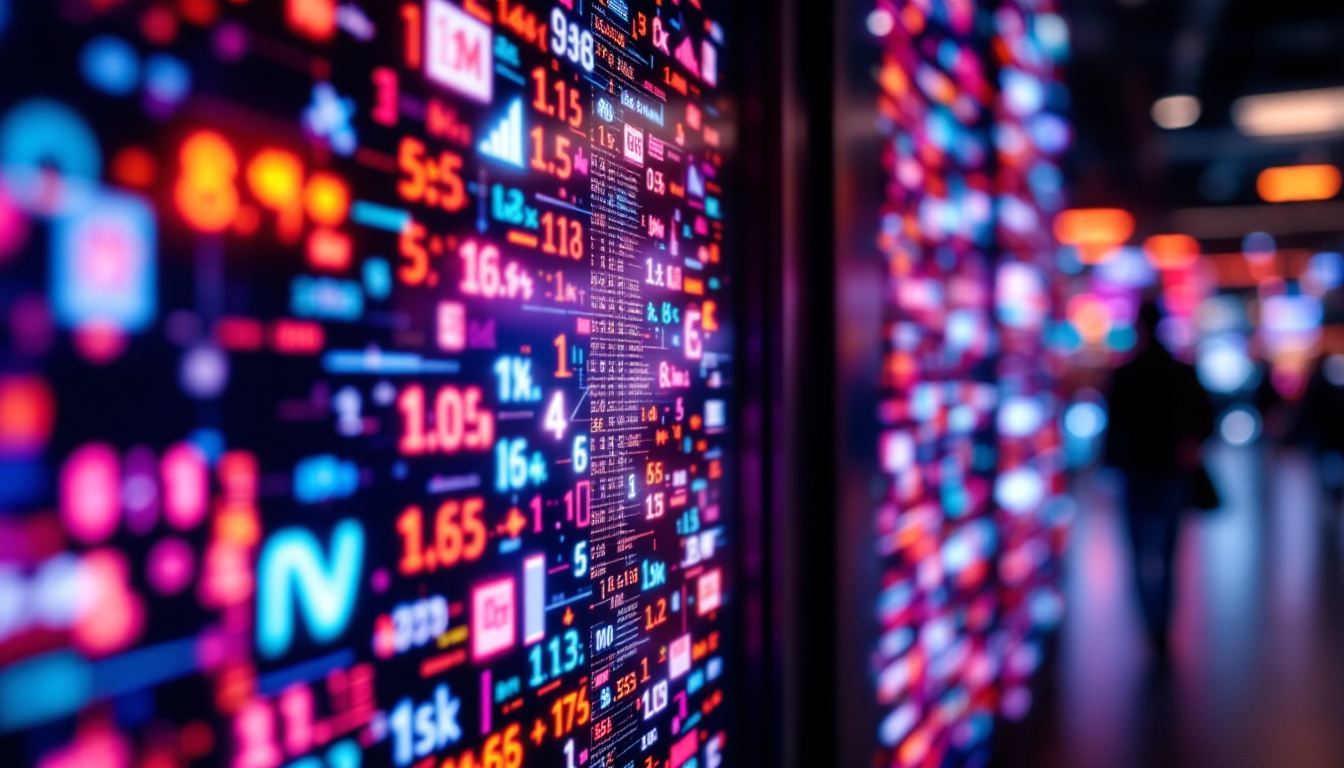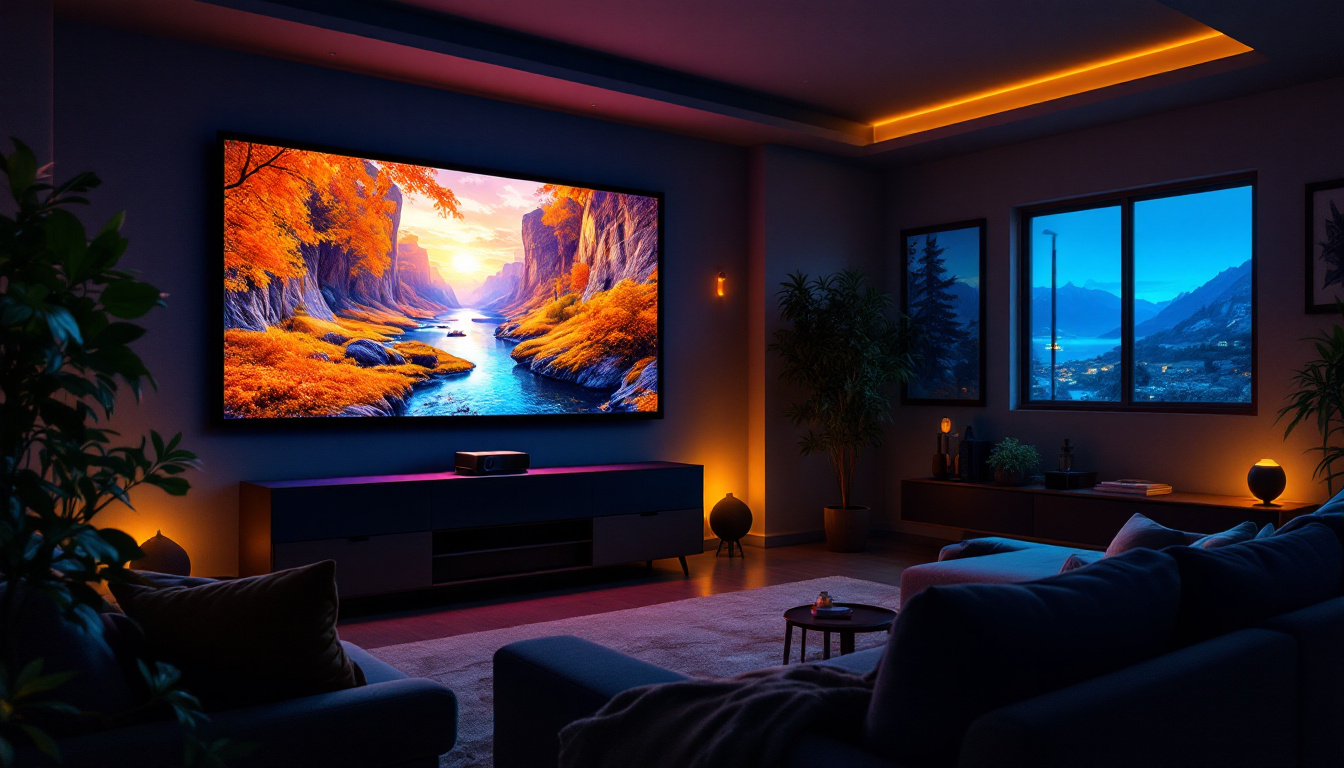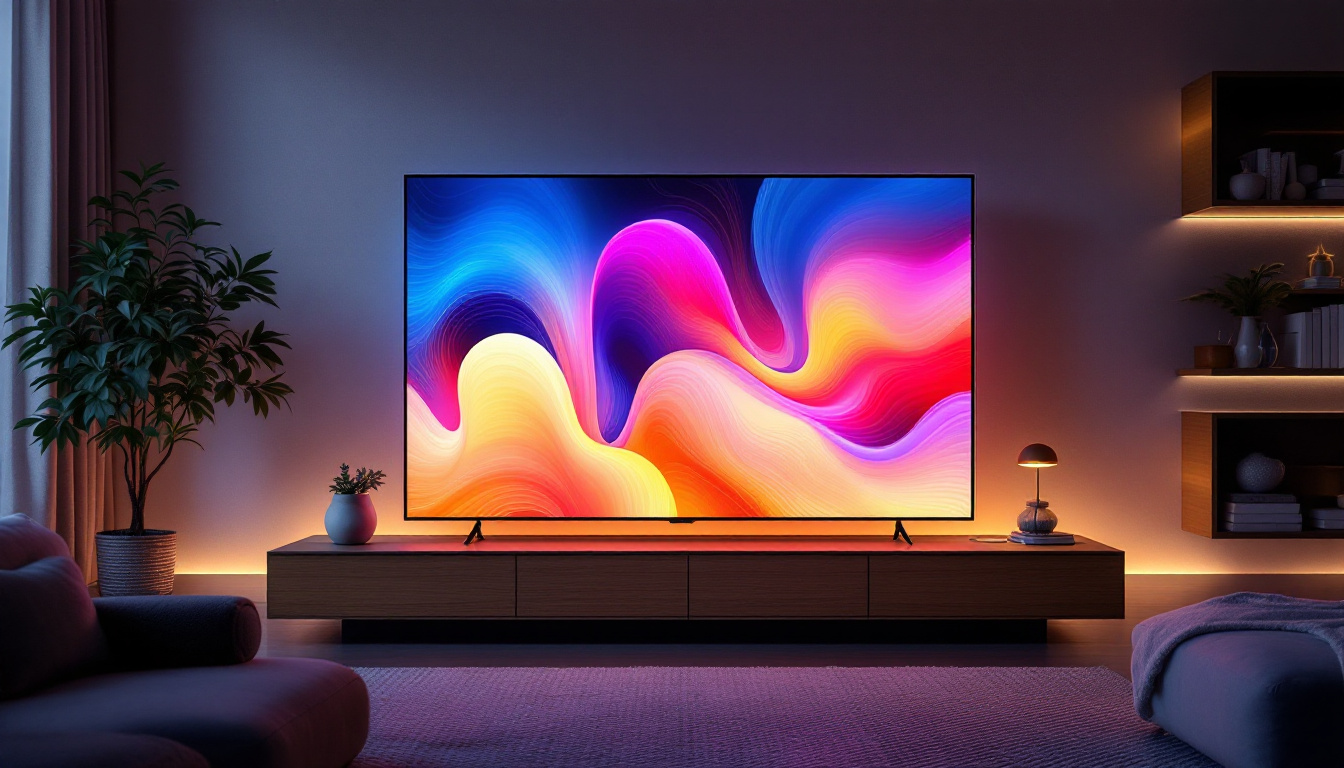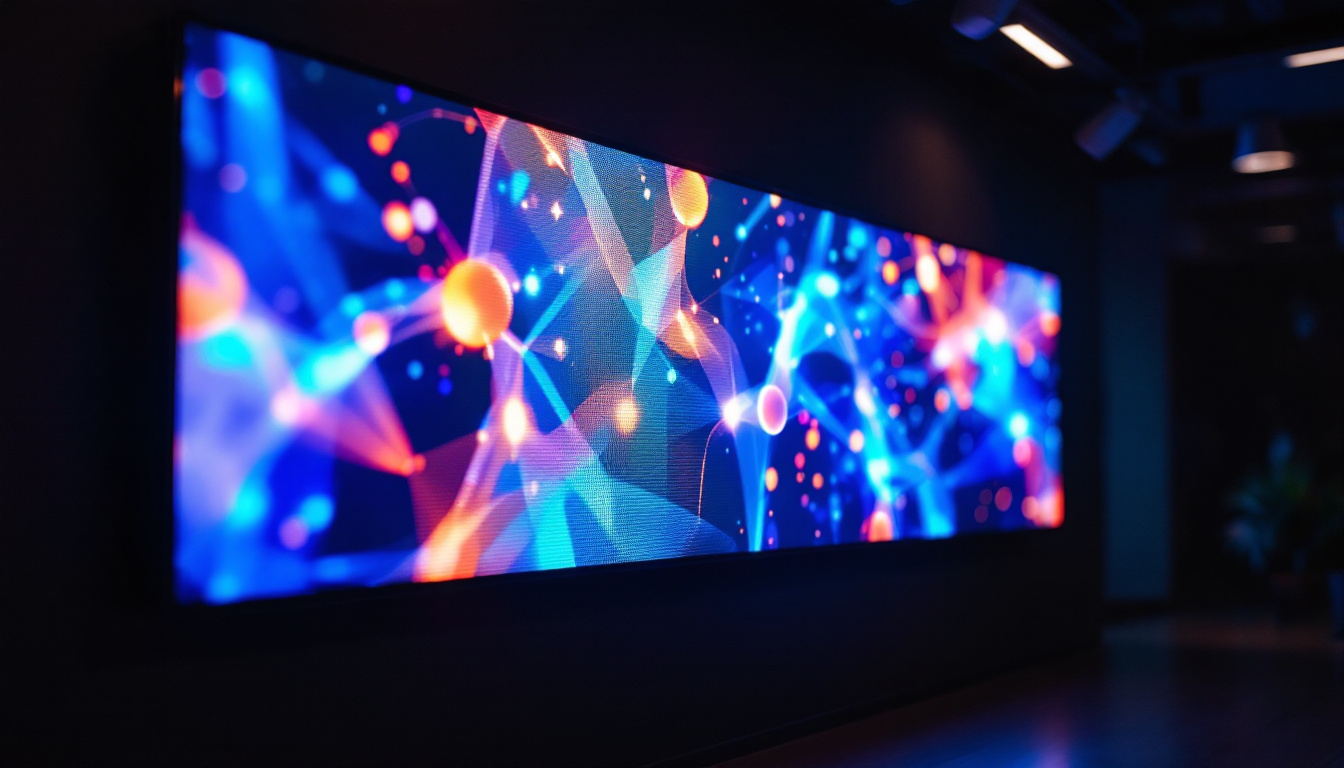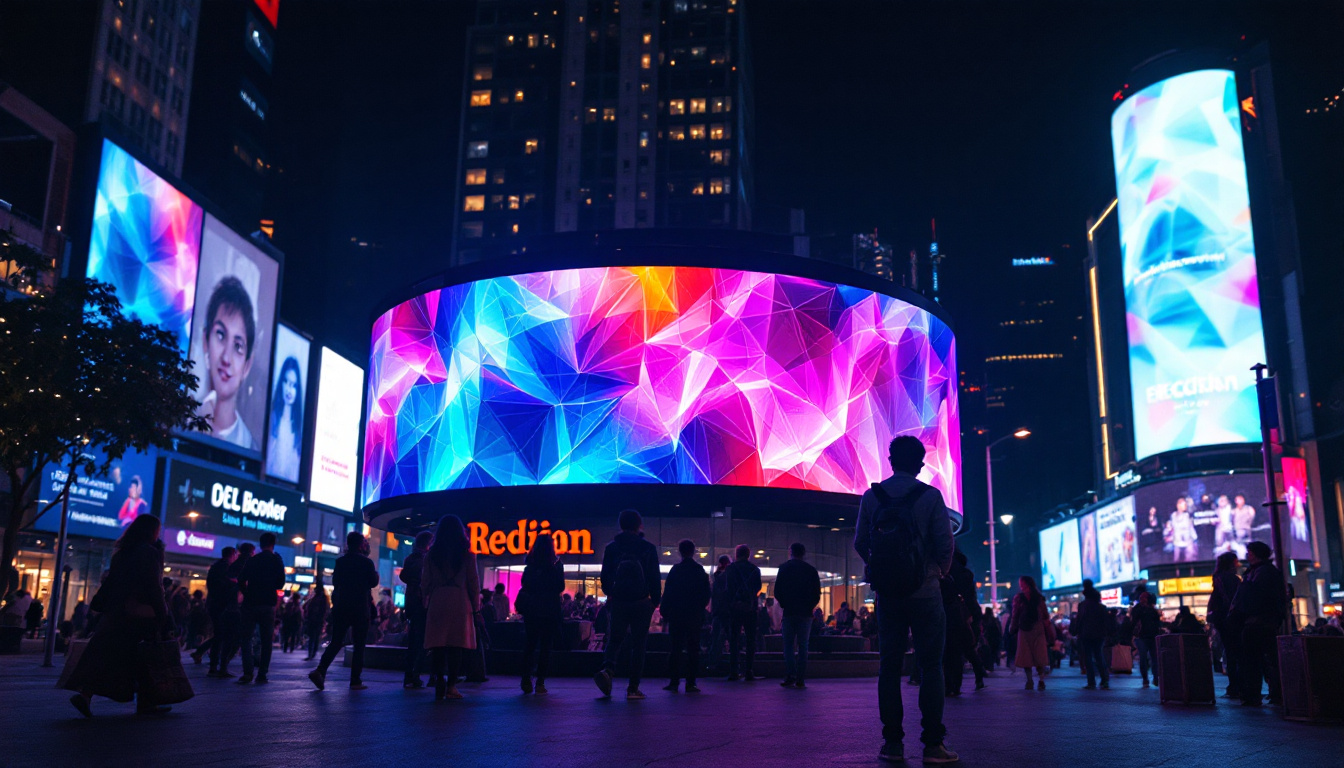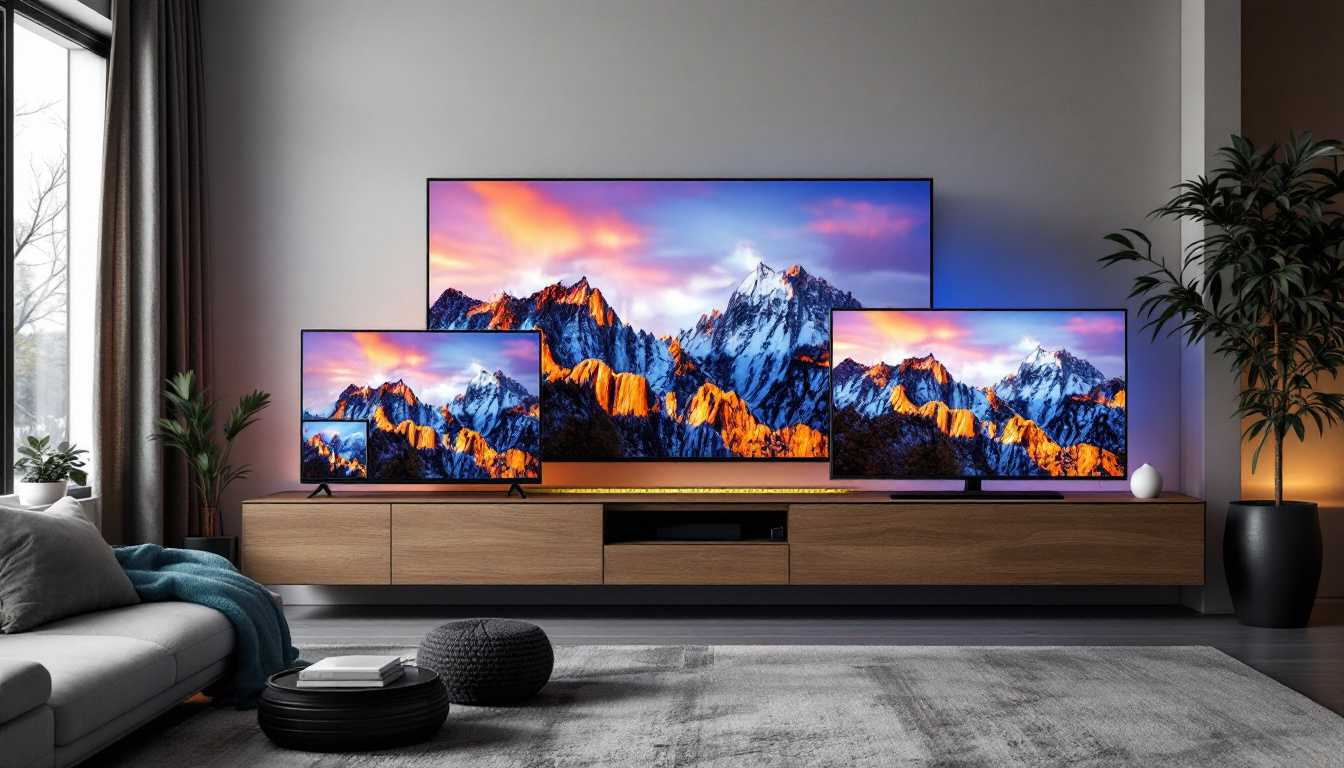Laser Pointer For TV Screen: LED Display Explained
In the realm of modern technology, laser pointers have found their way into various applications, including presentations, educational settings, and even entertainment. One intriguing use of laser pointers is their interaction with LED displays, particularly television screens. This article delves into the mechanics of laser pointers, their interaction with LED displays, and the implications of such interactions.
Understanding Laser Pointers
Laser pointers are compact devices that emit a coherent beam of light, typically in the visible spectrum. They are commonly used for highlighting specific areas during presentations or demonstrations. The technology behind laser pointers is relatively straightforward, yet it produces effects that can be quite captivating. Their portability and ease of use make them a staple in various settings, from classrooms to boardrooms, where clarity and focus are paramount.
How Laser Pointers Work
At the core of a laser pointer is a laser diode, which generates light through a process called stimulated emission. When an electrical current passes through the diode, it excites the atoms within, causing them to emit photons. These photons are then amplified and emitted as a focused beam of light. The result is a bright, narrow beam that can travel long distances without significant dispersion. This unique property allows laser pointers to be used effectively in large venues, ensuring that even the farthest audience members can see the highlighted points clearly.
Laser pointers are classified based on their wavelength, which determines the color of the light emitted. Common colors include red, green, and blue, with green lasers being particularly popular due to their visibility. The power output of laser pointers is measured in milliwatts (mW), with higher outputs producing brighter beams. Interestingly, the human eye is more sensitive to green light, which is why green laser pointers often appear much brighter than their red or blue counterparts, even at the same power level. This phenomenon has led to an increased use of green lasers in various applications, from astronomy to outdoor activities.
Applications of Laser Pointers
Beyond their traditional use in presentations, laser pointers have found applications in various fields. In education, they serve as effective tools for directing attention to specific content on a screen or whiteboard. In the entertainment industry, they are often used in concerts and performances to create visual effects. The dynamic interplay of light and sound can enhance the overall experience, captivating audiences and adding an extra layer of excitement to live events.
Moreover, laser pointers have become popular in the realm of pet toys, where they are used to engage pets in playful activities. Cats, in particular, are known to be fascinated by the darting light, providing them with both physical exercise and mental stimulation. However, it is crucial to use laser pointers responsibly, as direct exposure to the eyes can cause damage. Additionally, pet owners should be mindful of how they use these devices, ensuring that their pets do not become frustrated by the elusive nature of the light, which can lead to anxiety or behavioral issues. The responsible use of laser pointers can foster a fun and safe environment for both pets and their owners, making playtime an enjoyable experience for all involved.
LED Displays: A Brief Overview
LED (Light Emitting Diode) displays have revolutionized the way visual content is presented. These displays are composed of numerous tiny LEDs that emit light when an electric current passes through them. The combination of red, green, and blue LEDs allows for the creation of a full spectrum of colors, making LED displays vibrant and dynamic.
How LED Displays Function
LED displays operate through a grid of pixels, each made up of red, green, and blue sub-pixels. By varying the intensity of each sub-pixel, a wide range of colors can be produced. This technology is not only energy-efficient but also provides excellent brightness and contrast, making LED displays ideal for various applications, including televisions, monitors, and billboards.
One of the significant advantages of LED displays is their thin profile, allowing for sleek designs that can fit into modern aesthetics. Additionally, advancements in LED technology have led to the development of OLED (Organic Light Emitting Diode) displays, which offer even better color accuracy and contrast ratios.
The Role of LED Displays in Modern Technology
LED displays have become ubiquitous in everyday life. From smartphones to large-scale advertising screens, they are an integral part of how information is conveyed visually. Their ability to deliver high-quality images and videos has made them the preferred choice for both consumers and businesses alike.
Furthermore, the integration of smart technology into LED displays has enhanced their functionality. Features such as touch sensitivity and connectivity to the internet have transformed traditional displays into interactive platforms, enabling users to engage with content in innovative ways.
Interaction Between Laser Pointers and LED Displays
The interaction between laser pointers and LED displays can be both fascinating and practical. When a laser pointer is directed at an LED screen, several phenomena occur, depending on the type of display and the characteristics of the laser beam.
Visual Effects and Applications
One of the most immediate effects of shining a laser pointer on an LED display is the creation of bright spots or patterns. This can be used creatively in artistic performances or presentations to draw attention to specific areas of the screen. The contrast between the laser’s intense light and the display’s colors can create visually striking effects.
In educational settings, instructors can use laser pointers to highlight key points on a screen, making it easier for students to follow along. This method enhances engagement and retention, as the visual cue reinforces the spoken content.
Potential Risks and Precautions
While the interaction between laser pointers and LED displays can be beneficial, it is essential to consider potential risks. Direct exposure of the laser beam to the eyes can cause serious damage, and the same caution applies when using laser pointers near screens. Reflections from the display can redirect the beam, posing a risk to viewers.
To mitigate these risks, it is advisable to use laser pointers with lower power outputs, especially in settings where multiple viewers are present. Additionally, users should avoid shining laser pointers at reflective surfaces, including screens, to prevent unintended reflections.
The Science Behind the Interaction
The interaction between laser pointers and LED displays can be explained through the principles of light behavior and the properties of the materials involved. Understanding these concepts helps to appreciate the nuances of this interaction.
Light Behavior and Reflection
When a laser beam strikes an LED display, it interacts with the surface of the screen. Depending on the angle of incidence and the properties of the display material, the laser light can be absorbed, transmitted, or reflected. LED screens are designed to emit light, but they also have reflective properties that can redirect incoming light.
The color of the laser pointer can influence how it interacts with the display. For instance, a green laser pointer may be more visible against a dark background, while a red laser pointer might blend in with certain colors on the screen. This variability adds an element of creativity to how laser pointers can be used with LED displays.
Impact on Display Performance
Shining a laser pointer on an LED display can also impact the performance of the screen. High-intensity laser beams can potentially cause temporary or permanent damage to the pixels, especially if the display is not designed to withstand such exposure. This is particularly true for OLED displays, which can be more sensitive to intense light sources.
To protect LED displays, manufacturers often include features that mitigate the effects of external light sources. However, it is still advisable to avoid prolonged exposure of laser pointers to screens, especially at close range.
Best Practices for Using Laser Pointers with LED Displays
To maximize the benefits of laser pointers while minimizing risks, certain best practices should be followed. These guidelines ensure a safe and effective interaction between laser pointers and LED displays.
Selecting the Right Laser Pointer
Choosing the appropriate laser pointer is crucial. Opt for lower-powered models, typically around 1-5 mW, for general use in presentations or educational settings. These models provide adequate visibility without posing significant risks to viewers or displays.
Additionally, consider the color of the laser pointer. Green lasers are often more visible than red lasers, especially in well-lit environments. However, it is essential to balance visibility with safety, ensuring that the laser is not too intense.
Using Laser Pointers Responsibly
When using a laser pointer, always be mindful of your surroundings. Avoid pointing the laser at people’s eyes or reflective surfaces that could redirect the beam. Educate others in the vicinity about the potential hazards associated with laser pointers to promote a safe environment.
In educational or professional settings, it may be beneficial to establish guidelines for laser pointer usage. This can include designated areas for pointing and ensuring that everyone understands the importance of safety precautions.
The Future of Laser Pointers and LED Displays
As technology continues to evolve, the interaction between laser pointers and LED displays is likely to advance as well. Innovations in display technology and laser design may lead to new applications and improved safety measures.
Emerging Technologies
Future developments in laser technology may focus on enhancing visibility while reducing risks. For instance, advancements in laser diodes could lead to the creation of safer, more efficient laser pointers that maintain brightness without compromising safety.
Similarly, LED display technology is continually improving. Future displays may incorporate features that better withstand external light sources, reducing the risk of damage from laser pointers. Enhanced materials and coatings could protect screens from intense light exposure while maintaining image quality.
Conclusion
The interaction between laser pointers and LED displays presents a fascinating intersection of technology and creativity. Understanding the mechanics behind both devices allows users to harness their potential effectively while minimizing risks. As technology continues to advance, the possibilities for innovative applications of laser pointers and LED displays are limitless.
By adhering to best practices and remaining aware of the implications of their use, individuals can enjoy the benefits of laser pointers in conjunction with LED displays, enhancing presentations, education, and entertainment experiences.
Discover LumenMatrix LED Display Solutions
Ready to elevate your visual presentations and captivate your audience like never before? Explore the innovative world of LumenMatrix, where cutting-edge LED display technology meets creative brilliance. Whether you’re looking to enhance your indoor or outdoor space with vibrant displays, or you require specialized solutions like vehicle displays, sports displays, or even custom configurations, LumenMatrix has you covered. Embrace the future of visual communication and check out LumenMatrix LED Display Solutions today to transform your message into an unforgettable visual experience.

